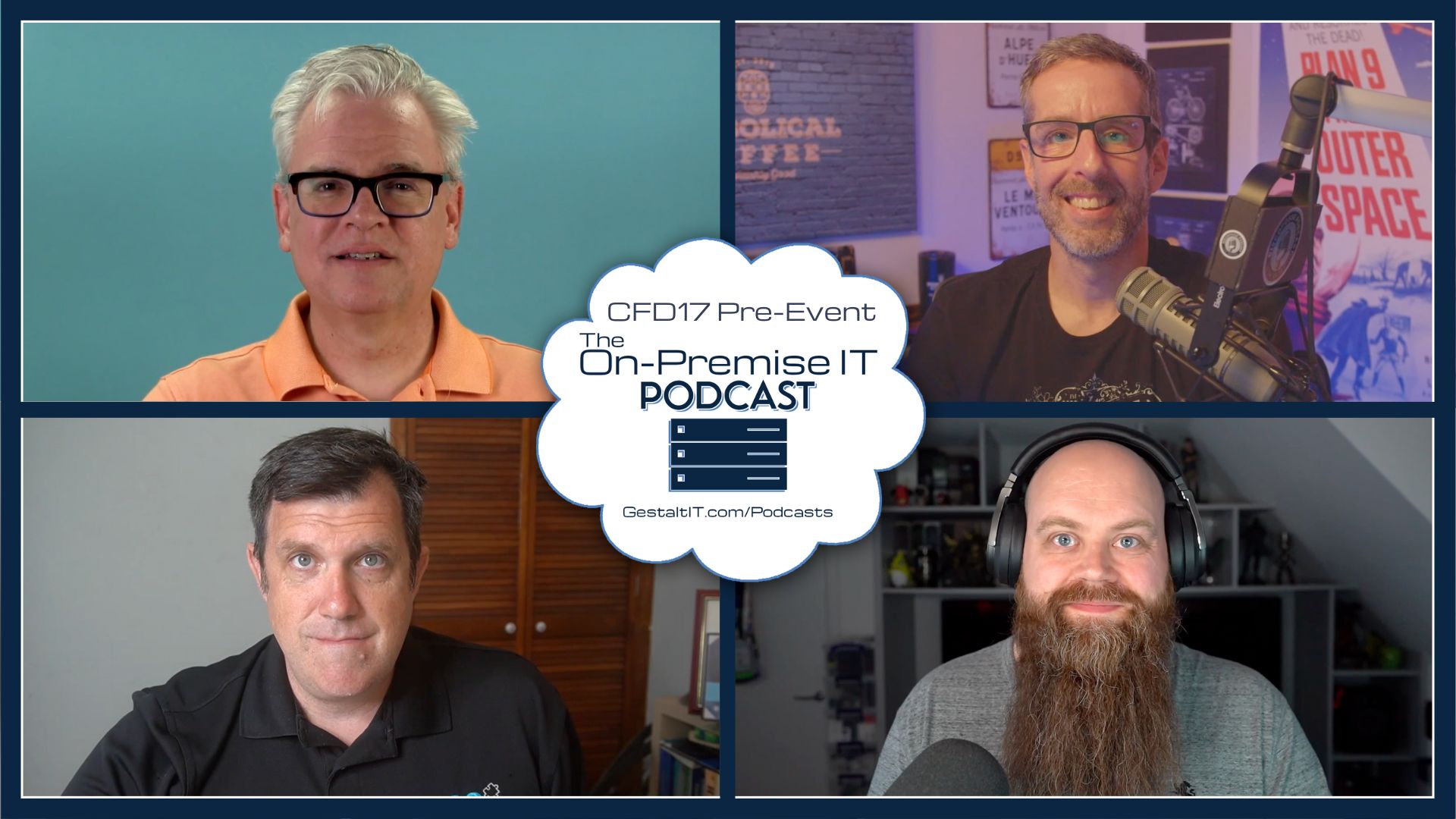No not my favourite Oasis track, no it’s something which I’ve been thinking about and a subject I’ve touched on a few times; once you’ve deployed a technology, how do you get out of it? Do you get out of it? And what impact does virtualisation have on this.
How many of us are running or are aware of business critical applications running on hardware which is no longer supported by the vendor? And the reasons? Often the reasons are that the application only runs on a particular operating system which is no longer supported and will not run on current generations on hardware.
Virtualisation may well allow you to refresh the hardware; for example if you insist in running applications under DOS; pretty much any of the x86 hypervisors will run DOS. This will allow you to run that business critical application on DOS for the forseeable future and will allow you to continually refresh the hardware underneath it.
Well, it will until the Hypervisor vendor calls time and decides that they no longer want to certify the hypervisor with DOS x.xx; oh well, what do you do? Obviously you shrug your shoulders and now run a back-level hypervisor with an unsupported Operating System which is running an application which by now, no-one has a clue on how it works!
Oh, you’ve migrated the application into a Public Cloud? Well, it didn’t need much in the way of the resources and suited the Cloud perfectly. And now your Cloud provider has said that they are no-longer supporting or even allowing DOS instances to run; oh heck and now you can’t get the hardware/software to run your application locally.
So although virtualisation will allow you to get away with running legacy apps for a long time; don’t assume that this means that they can ‘Live Forever’! Virtualisation is not an excuse for not carrying out essential maintenance and keeping your estate up-to-date.
*that’s ‘Bring It On Down’, just in case you were interested!




